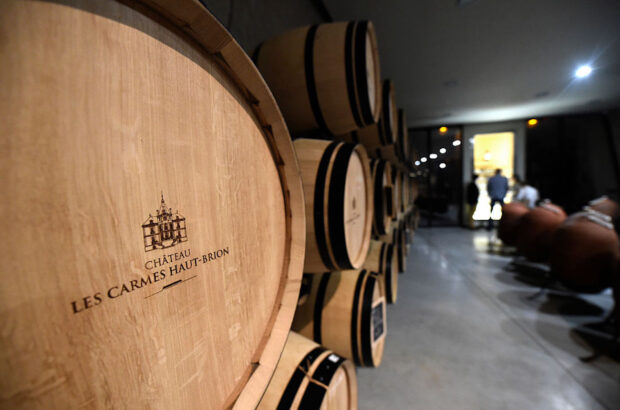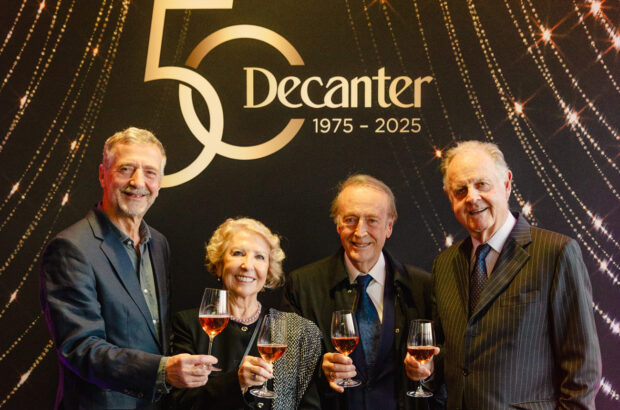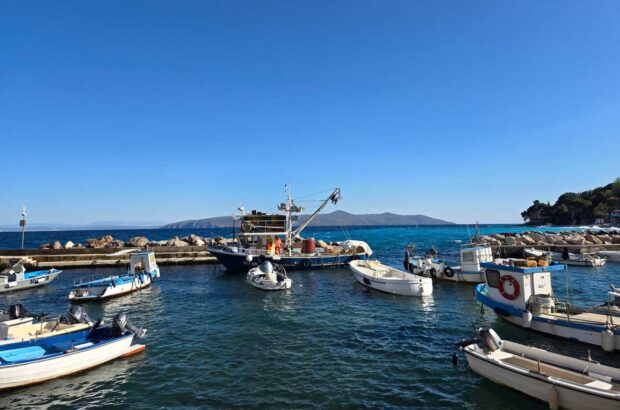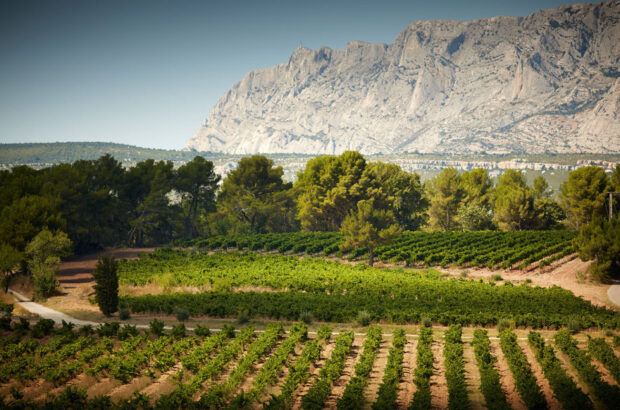With no sub-regional distinctions and huge variations in vintage, climate and winemaking, finding the right wine from Ribera del Duero isn't easy. Susie Barrie MW takes on the challenge
In less than 30 years, Ribera del Duero has forged an enviable reputation as a producer of premium Spanish red wines. While Rioja remains Spain’s most recognised wine region, at its best, Ribera is more than its equal. Its Tempranillo- (aka Tinto Fino-) based wines are typically made in a style that is darker, denser and more structured than those from its better-known rival.
Yet Ribera remains something of a mystery for many wine drinkers. The wines are often highly priced but quality can be variable, with costly disappointments a real risk. It is also an expansive region, though little is known about what impact geography has on styles and quality. Rioja, for instance, has three sub-regions, each with its own clear climatic influences and differing styles of wine – no such neat distinctions exist for Ribera.
With this in mind, I travelled to Ribera to get to grips with its sub-regions and the style of wine you can expect from each. Agustín Alonso Gonzalez, technical director of the Consejo Regulador, warned: ‘You will have a big problem mapping the region because the soils are so random.’ He was right. In Ribera, more than any wine region I’ve visited, you can see the alternating limestone, sand and clay across even the tiniest plots of land. Yet although there is no clear sub-regional differentiation of soil type that might lead you to expect a particular style of wine, other broad generalisations can be made.
Power of three
Ribera is a high-altitude plateau that drops as you move from east to west, via the region’s winemaking provinces and unofficial sub-regions of Soria, Burgos and Valladolid (Segovia, to the south, is excluded due to the tiny amount of wine it produces). A general rule of thumb is that as the land gradually drops, the climate becomes slightly warmer.
Soria, in the east, is the coolest and highest. Ripeness can be hard to achieve, and only the most fastidious of producers with the finest plots are successful. At best, the wines are elegant, with focused minerality and finesse, but all too often their marked acidity lacks the necessary underpinning of fruit concentration.
Burgos lies in east-central Ribera and is the hub of the region’s winemaking activities. A large proportion of Ribera’s 21,000ha (hectares) of vineyards are here and it is where most producers look to establish vineyards and wineries. In such a large area there are many factors which determine the style of wines made but, broadly speaking, a balance of hallmark acidity with fruit intensity and tannic structure can be found in the best wines.
Further west in Valladolid, the climate becomes warmer still, leading to wines with less marked acidity and more power.
So there it is: just as Rioja can be split into sub-regions, each with a distinct style, so can Ribera. Or can it? Unfortunately this basic guide paints only a fraction of the entire picture. To understand fully what influences the style of Ribera’s wines, we have to look at much more than broad sub-regional differences.
Altitude
Ribera has some of the highest-altitude viticulture for red wines in Europe (averaging 800m to 850m above sea level) and a climate to match. This is a key issue, says Alonso Gonzalez. Significantly, this altitude varies greatly even within each province. From area to area and even from plot to plot, altitudes rise and fall dramatically, rendering sub-regional generalisations about the effect of altitude on style largely invalid.
One outcome of Ribera’s high-altitude viticulture is the extreme diurnal (day-to-night) temperature variations, leading to very pure, concentrated wines. But it also results in a great deal of vintage variation, and knowledge of vintages is an important first step on the road to successful wine buying here. Of the four most recent, 2006 and 2009 are considered the best, with 2007 and 2008 far less highly regarded – several producers, such as Alonso del Yerro and Hermanos Sastre chose not to make any top wine in ’07 and ’08. Given the power of Ribera’s wines, though, I found the ’07s from superior producers often had a subtlety and lightness that was highly appealing.
Good viticulture is also key. In such marginal conditions, vine age and vineyard husbandry, along with beneficial exposure and low yields, often tend to have a greater impact on wine style and quality than the sub-region. As Javier Ausás, technical director for Vega Sicilia and Alión, says: ‘Tempranillo is the best variety in the world, but only if you have ripe grapes and low yields [in Ribera].’
Inspite – or maybe because – of all these geographic factors, it is winemaking that perhaps has the biggest impact on style here. Methods vary enormously and producers will often use different techniques to make both traditional and modern styles. Everything from fermentation temperature and vessel to type of oak and length of ageing is adapted to create a desired style. For traditional wines, more American oak is generally used; for modern wines more, newer French. But everyone has a different approach. Some winemakers are experimenting with ageing in Eastern European oak, others are using differing degrees of toasting to achieve different styles. At Alión, Ausás ferments all of his wines in large oak vats, which is more of a risk in terms of microbiological spoilage, but worth it, in his opinion, for the more gradual heating and cooling of the must. He also feels that the tannins from the wood give better texture on the palate.
A major challenge for winemakers, says Carlos de la Fuente of Hacienda Monasterio in Valladolid, is trying to use less new oak than historically has been the case. Alonso Gonzalez agrees: ‘We used to use too much oak; nowadays we know you need a balance.’ This move is encouraging, since the elegance, purity of fruit, and structure of most of Ribera’s finest wines mean they benefit from time in bottle, rather than an excess of oak, before release.
As a rough guide to styles, ‘traditional’ wines are often labelled as Roble, Crianza, Reserva or Gran Reserva, while modern wines are not. However, this isn’t always the case, and familiarity with a producer or individual wine is invaluable when deciding what to buy.
As well as adopting a range of winemaking practices, several producers blend grapes from different sites across this cool, undulating region, to create a balanced wine. One of the best examples is at Aalto in Valladolid, an impressive new cement-and-glass winery that is the creation of Mariano García, winemaker for 30 years at Vega Sicilia, and Javier Zaccagnini, former head of Ribera’s Consejo Regulador.
The estate makes two reds: Aalto and Aalto PS, from grapes sourced from across the region. Some are grown around the winery and the rest from various plots in Burgos, while those grown in Valladolid are from old vineyards on chalky soils which give softness and spice to the blend. Two of the plots in Burgos are just 8km apart, but different in style: La Horra lends pure dark fruit, structure and sweet tannins, while La Aguilera gives elegance and freshness. The success of cross-regional blending in such a marginal climate is clear to see.
Despite all these pointers, choosing a wine from Ribera isn’t easy. First, relying on sub-regional distinctions to guarantee a specific wine style is misleading. Though there are broad generalisations to be made with regard to sub-regions, these are invariably overshadowed by other considerations, especially winemaking. What matters most is finding a talented winemaker with well-sited vineyards growing superb fruit that is capable of balancing the firm tannic structure, marked acidity and high alcohol that are all hallmarks of Ribera’s wines.
Choose a wine from a good vintage, from a name you trust and expect to pay a hefty price for quality. There are modern Ribera wines and traditional Ribera wines. You just need to decide which you prefer and then find one that fits the bill.
Written by Susie Barrie






